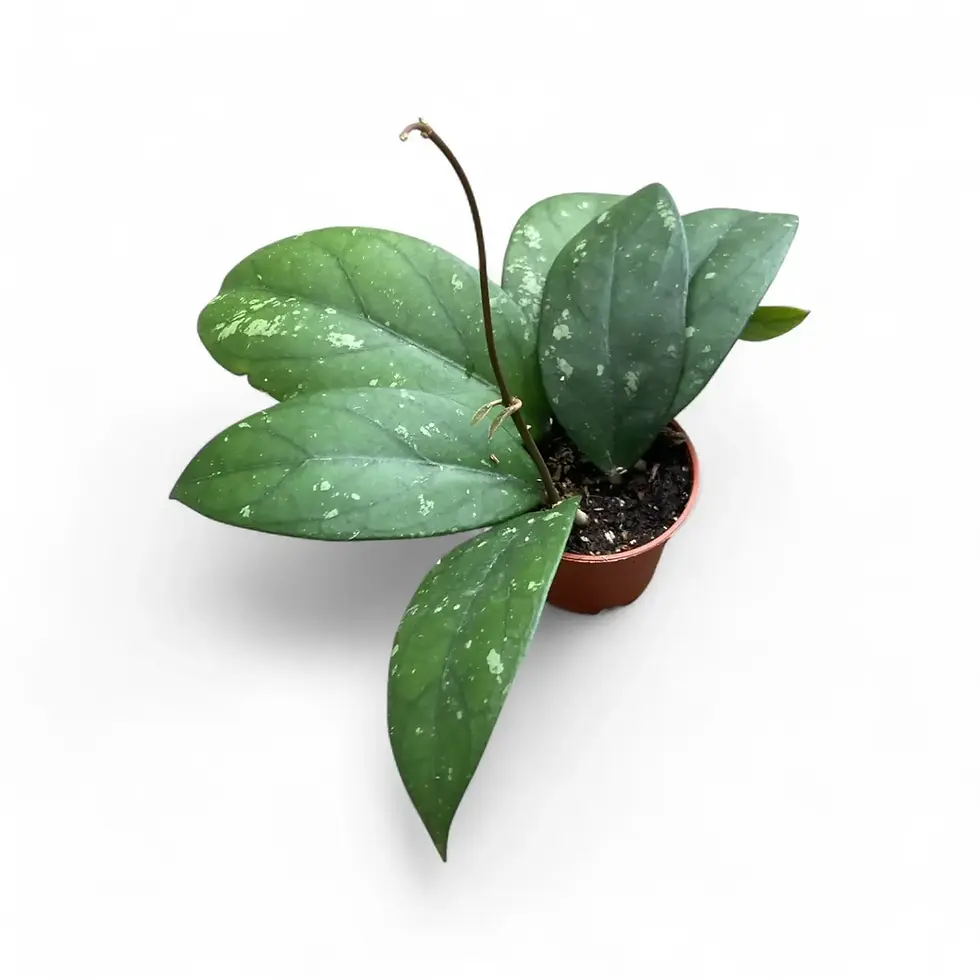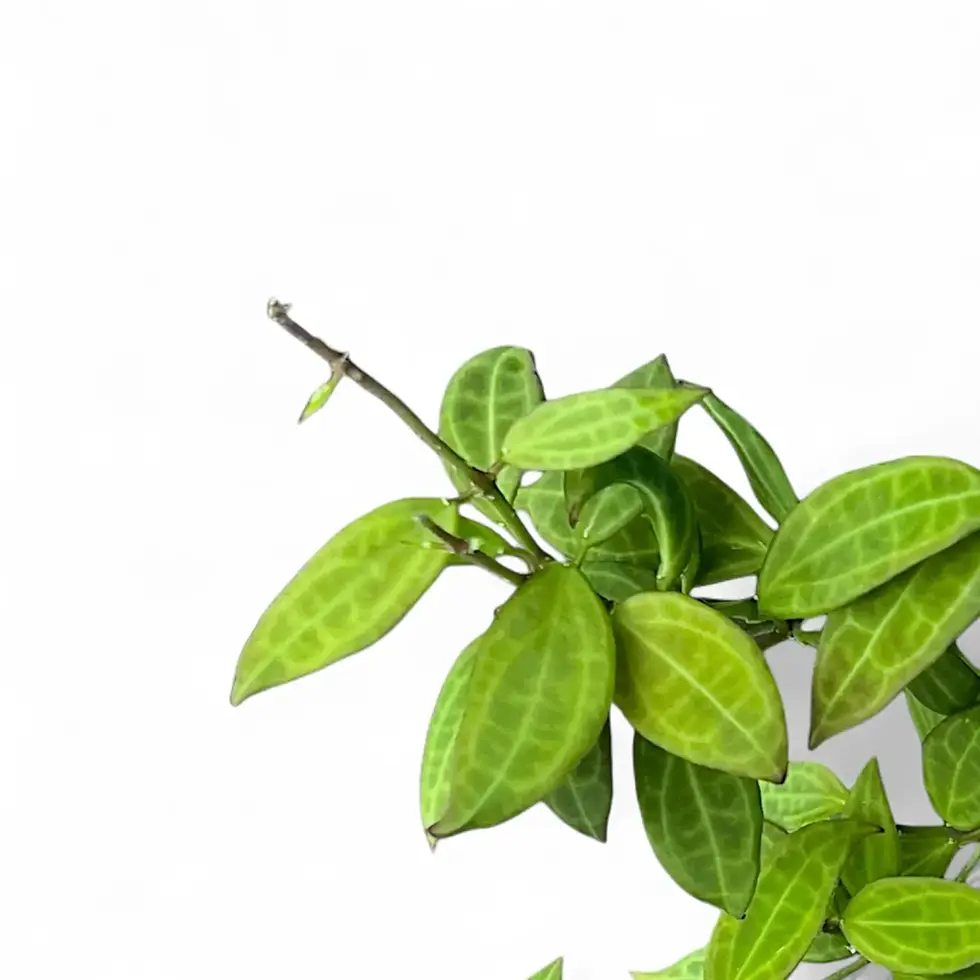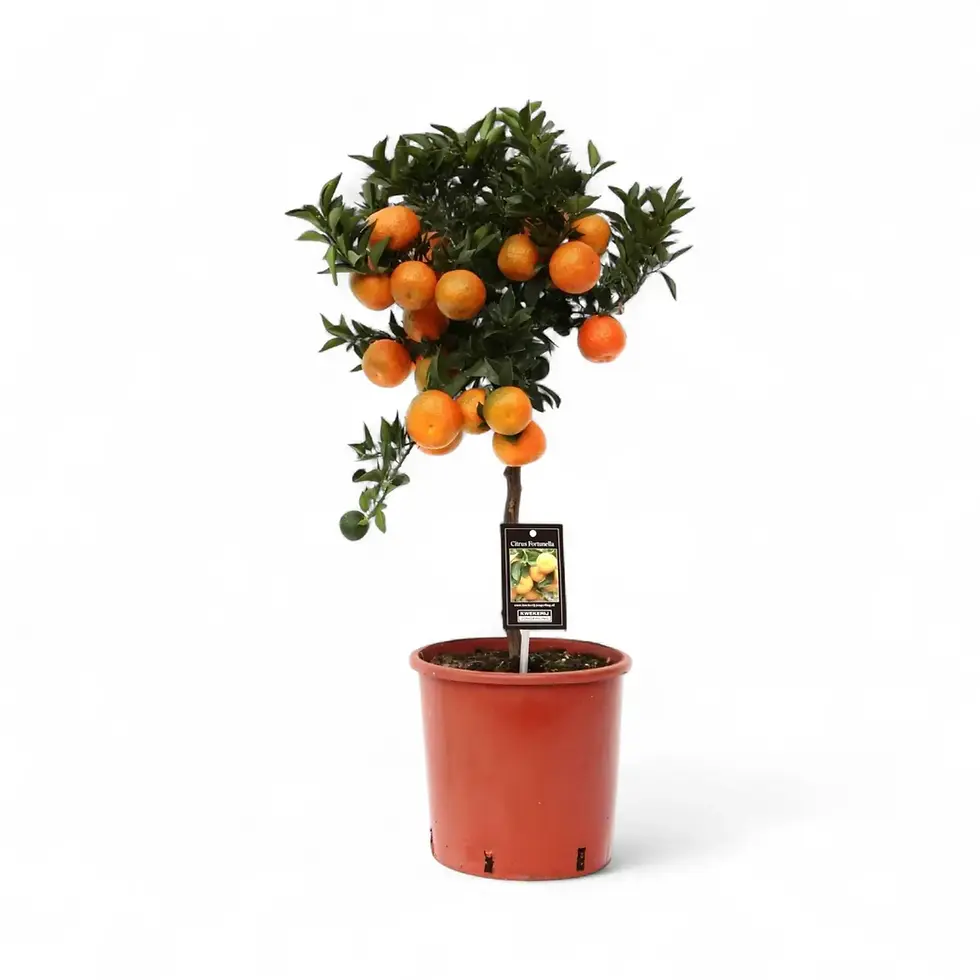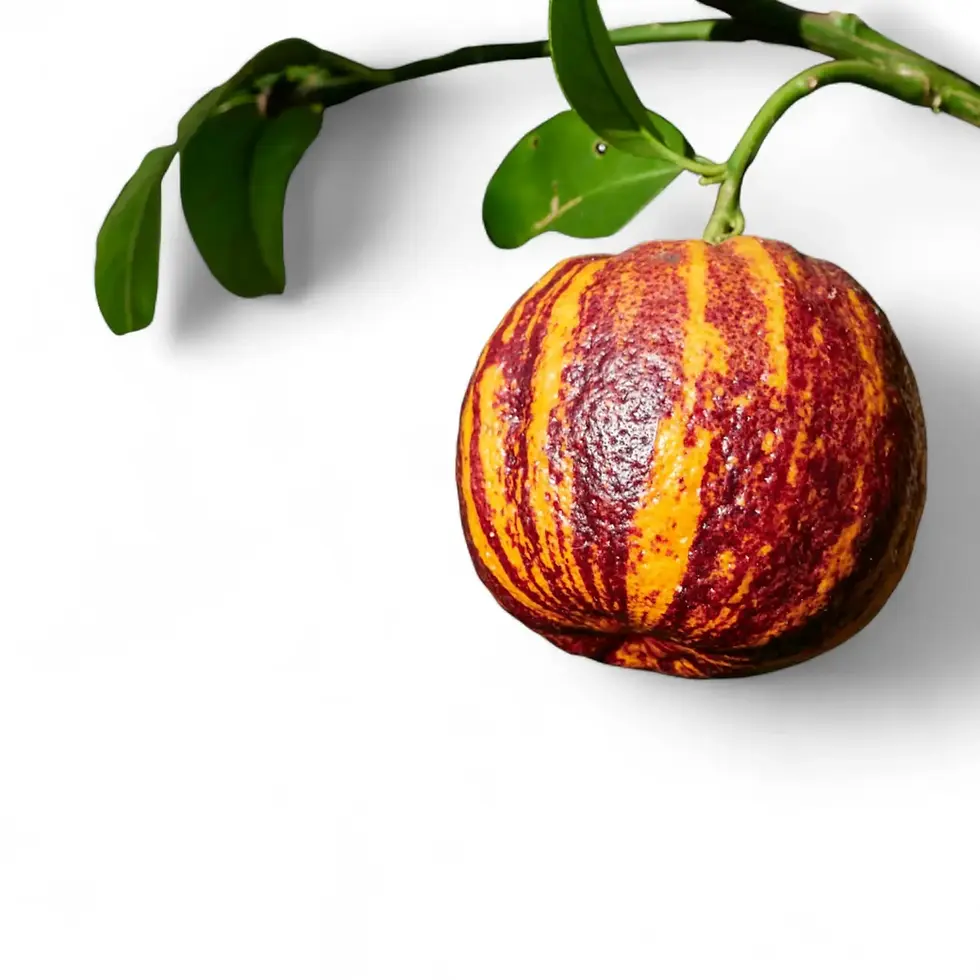Philodendron brandtianum aff. 'Wild Form' – Large-Leaf Silver Philodendron
Philodendron brandtianum aff. 'Wild Form' is a rarely offered variant closely related to Philodendron brandtianum K.Krause. Unlike the commonly cultivated form, which often stays in its juvenile stage with small silver-marked leaves, this affinis plant produces much larger, thicker foliage in indoor culture while retaining the same attractive silver streaks and patterns. A vigorous, scandent vine that rewards collectors with a mature look more easily achieved than in the standard species.
● Defining traits of 'Wild Form'
- Larger leaves: broad, thicker blades compared to typical P. brandtianum.
- Markings: silver streaks and mottling similar to the classic silver-leaf form.
- Growth habit: scandent, herbaceous vine that climbs readily with support.
- Indoor adaptability: transitions to larger foliage more easily than the standard species.
● Background and natural context
This form, circulated as 'Wild Form' or Philodendron brandtianum aff., likely originates from wild-collected material rather than cultivated lines. While the exact taxonomy is unresolved, it clearly shows close affinity to P. brandtianum but demonstrates greater vigor and leaf development under typical indoor growing conditions.
● Caring for Philodendron brandtianum aff. 'Wild Form'
- Light: thrives in bright, indirect light; markings remain strongest with steady exposure.
- Temperature: ideal at 20 – 28 °C; avoid prolonged drops below 16 °C.
- Humidity: 60 – 80% supports broad leaves and consistent variegation.
- Watering: water when the top 2 – 3 cm of substrate are dry; never allow prolonged saturation.
- Substrate: airy aroid mix with bark, perlite, and coco coir promotes root health.
- Feeding: balanced, low-dose fertilisation during growth maintains vigour and leaf colour.
- Support: a moss pole or climbing aid helps leaves size up and flatten against the surface.
● Possible grower challenges
- Faded markings: caused by insufficient light; move to a brighter, filtered position.
- Small leaves: often from lack of support; train on a vertical pole for larger blades.
- Yellowing: usually linked to overwatering or poor substrate aeration.
- Pests: monitor for thrips and mites, which may target soft juvenile foliage.
● Collector’s notes
- Comparison: differs from P. brandtianum by producing larger, thicker leaves indoors.
- Rarity: 'Wild Form' is not widely distributed and is mainly sourced from specialist growers.
- Display: the silver-mottled foliage makes a strong statement on climbing supports.
- Safety: philodendrons are toxic if ingested; keep away from pets and children.
● Etymology
Genus:Philodendron (Schott, 1830), from Greek philo- “loving” + dendron “tree,” a nod to its climbing nature.Affinis: “aff.” indicates close relation to but distinction from the published species P. brandtianum.
● Propagation and growth
- Propagation: stem cuttings root well in warm, humid conditions.
- Medium: sphagnum moss or fine bark/perlite mixes are effective for establishing roots.
- Size indoors: vines can reach 1 – 2 m with support; leaves significantly outsize the common form.
● Grower FAQs
Does it always develop larger leaves?Yes, when given support and good care, it quickly produces mature-sized blades indoors.
How is it different from standard brandtianum?It retains the same silver patterning but has greater vigour and larger, thicker foliage.
Is it demanding?No, it is easier to manage than the true species and adapts well to typical indoor conditions.
● Why Philodendron brandtianum aff. 'Wild Form' belongs in your collection
Combining the beauty of silver markings with easier maturation and larger leaves, Philodendron brandtianum aff. 'Wild Form' is a rewarding and rare cultivar for serious collectors. A climbing aroid that balances ornamental appeal with manageability indoors.
Philodendron brandtianum aff aka 'Wild Form'
Philodendron brandtianum aff comes in a ⌀ 17 cm pot and is approximately 50 cm tall
































